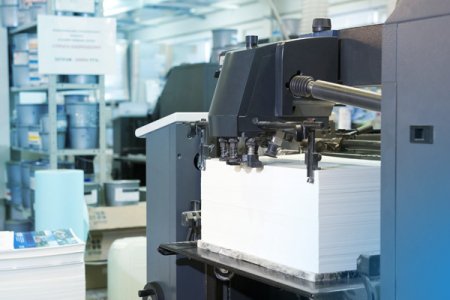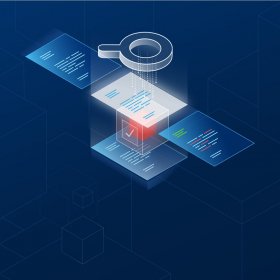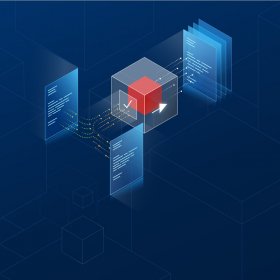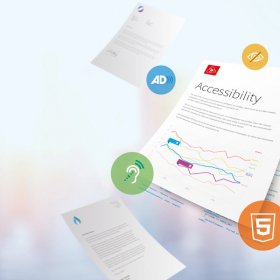Small Jobs = Big Job Setup - Big Job Profit Margins

One of the worst problems facing printers is the need to take on small jobs. Small jobs require about the same amount of effort and set-up that big jobs do (if you are going to do it right) but without the high profitability.
It makes sense to combine jobs in a single batch, but only if the branding and business rules specific to each business is respected.
Do you have what it takes?
Compart can help ensure that you do, ask us
Omni-Channel-Communication

Business customers require that their jobs are not just printed and mailed but also prepared for delivery on an increasing number of channels.
One PSP added 13 new channels to its repertoire in 2018 and expects that number to double next year.
Standarization of Archived Documents

Business customers want to archive and retrieve documents on demand. These archived documents must be 100% accessible and omnichannel.
Central rendition services are now the responsibility of PSPs.
Regulatory Compliance

Many business customers now require that their business partners know and help them comply with regulations as a cost of doing business.
It might be best to frame regulatory compliance in the positive: customers trust companies that are compliant with regulations and prefer to do business with them. A company’s commitment to respecting ethical codes is good for its brand and can boost consumer engagement by as much as 40%.
Customer Experience, Customer Communication

Business leaders increasingly realize that the document output strategy must be tightly aligned with business needs. With so many technology channels for customer communication, PSPs must learn how to be strategic in how they create a great customer experience for their clients.
















